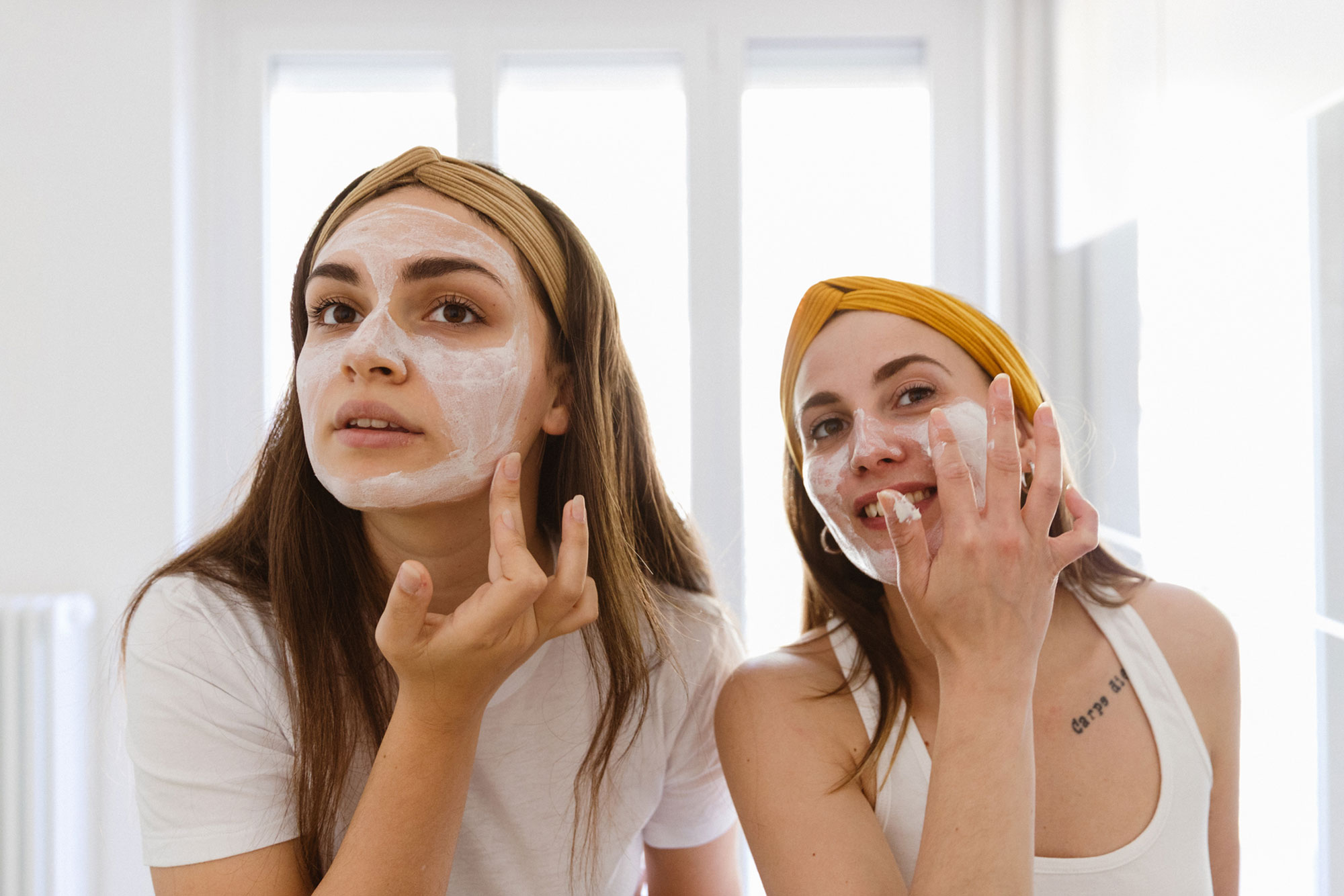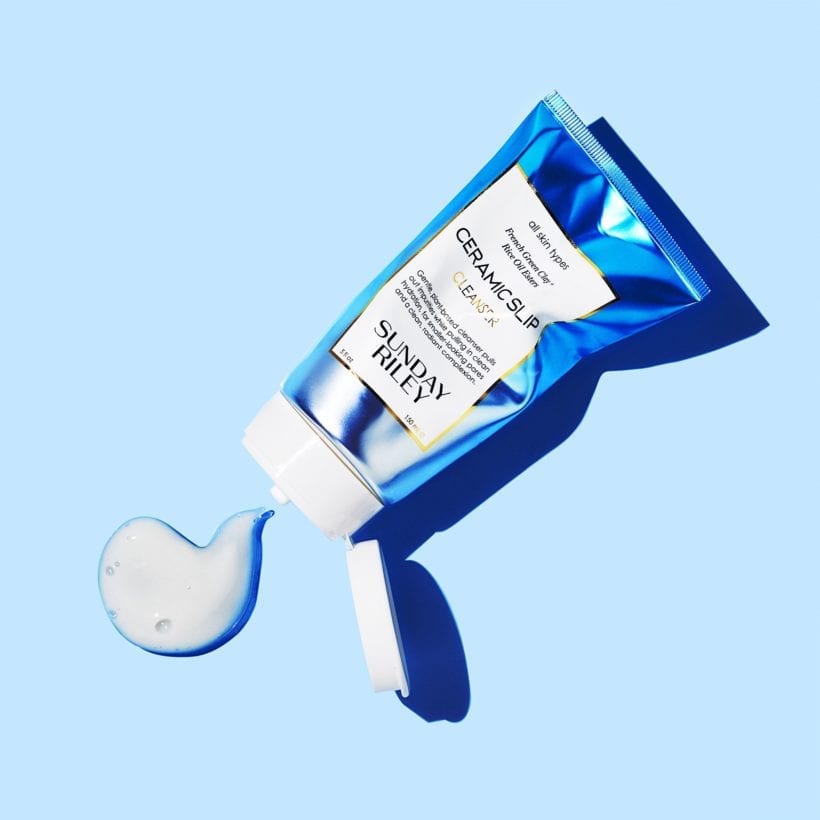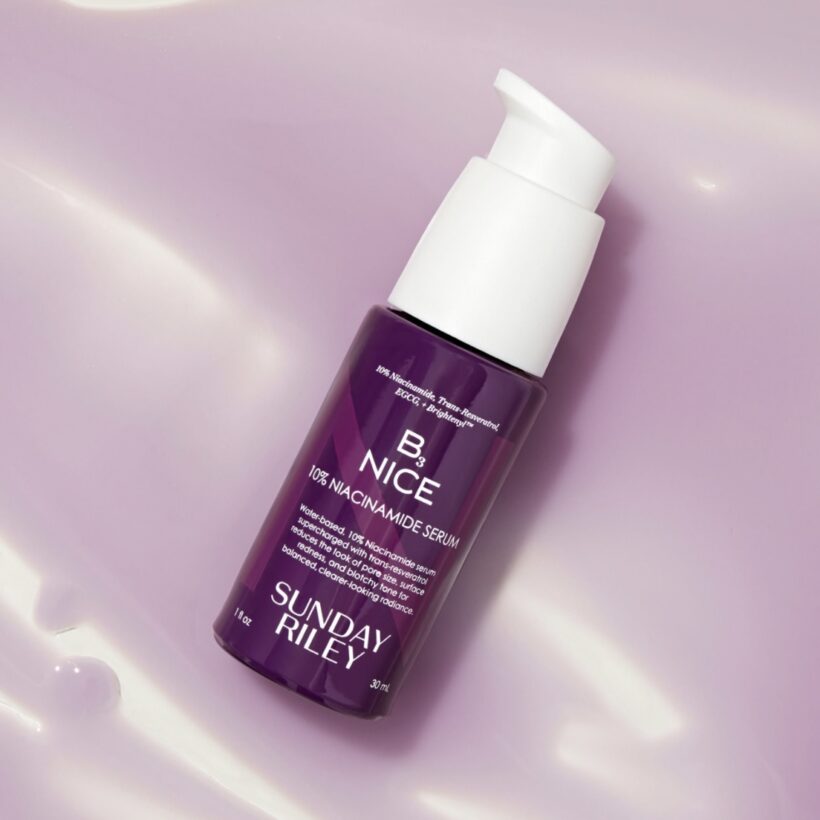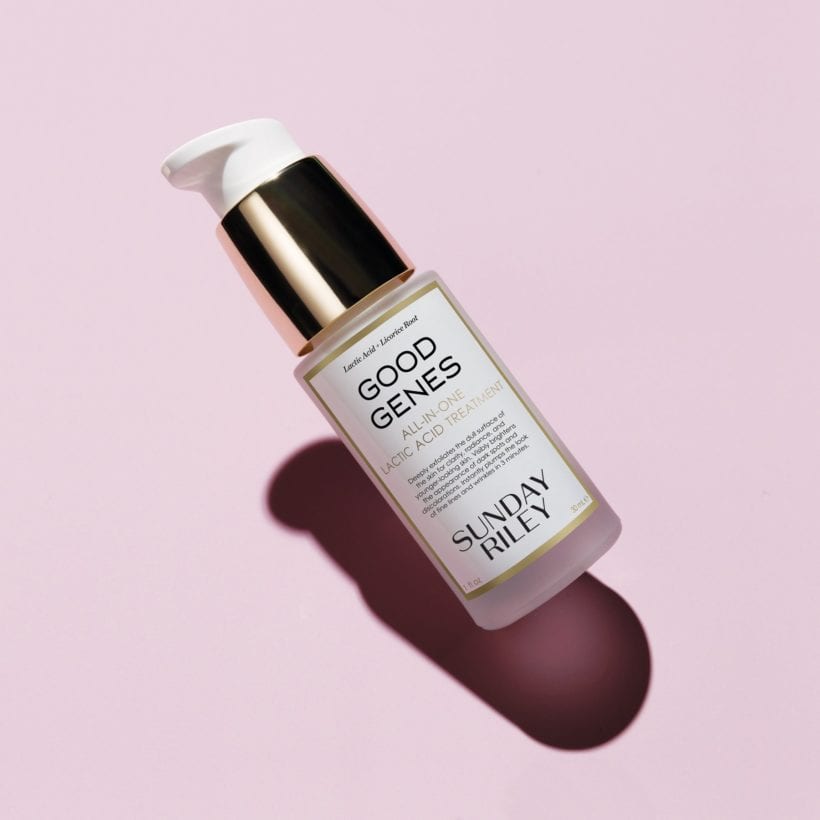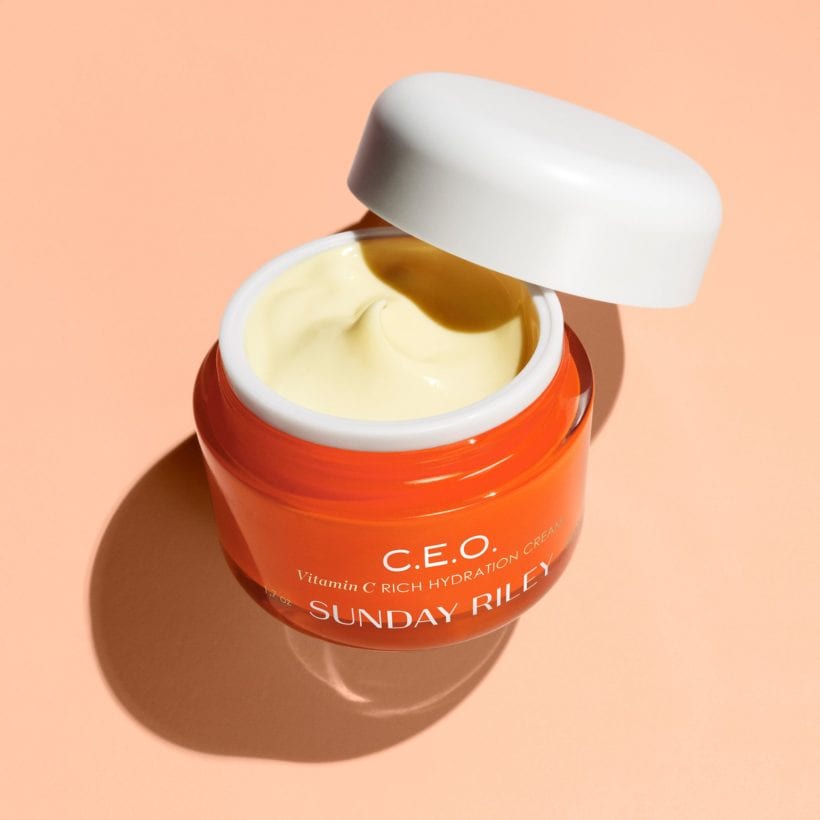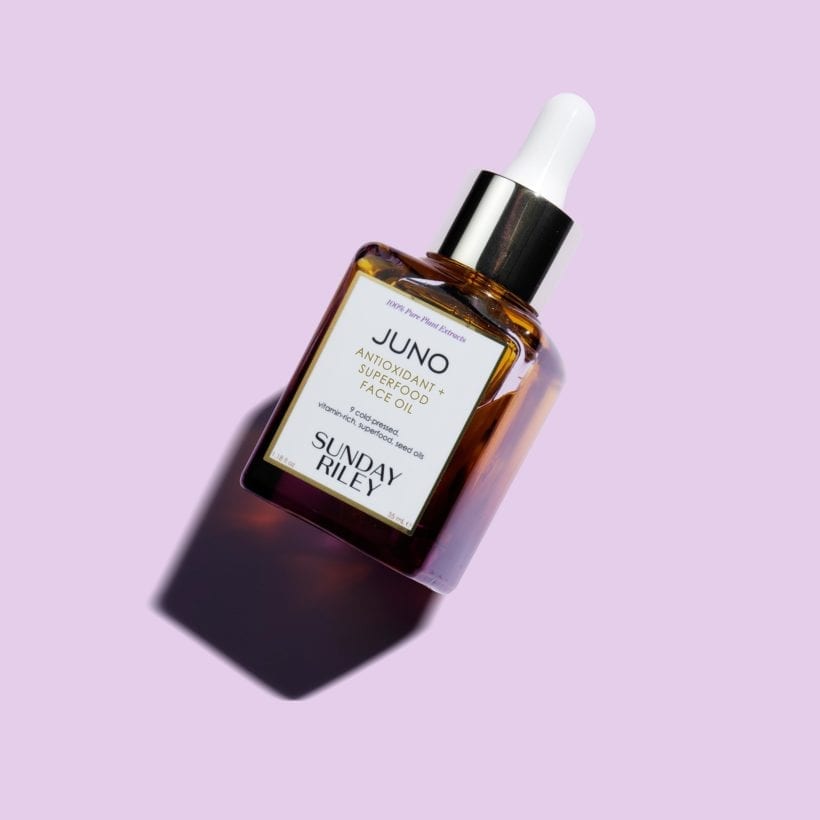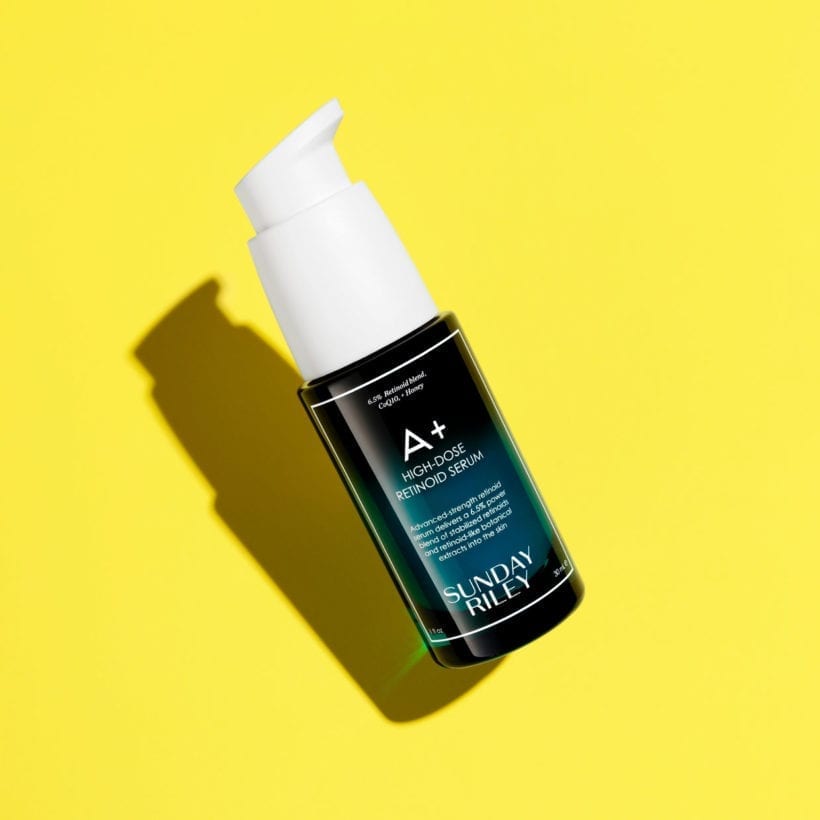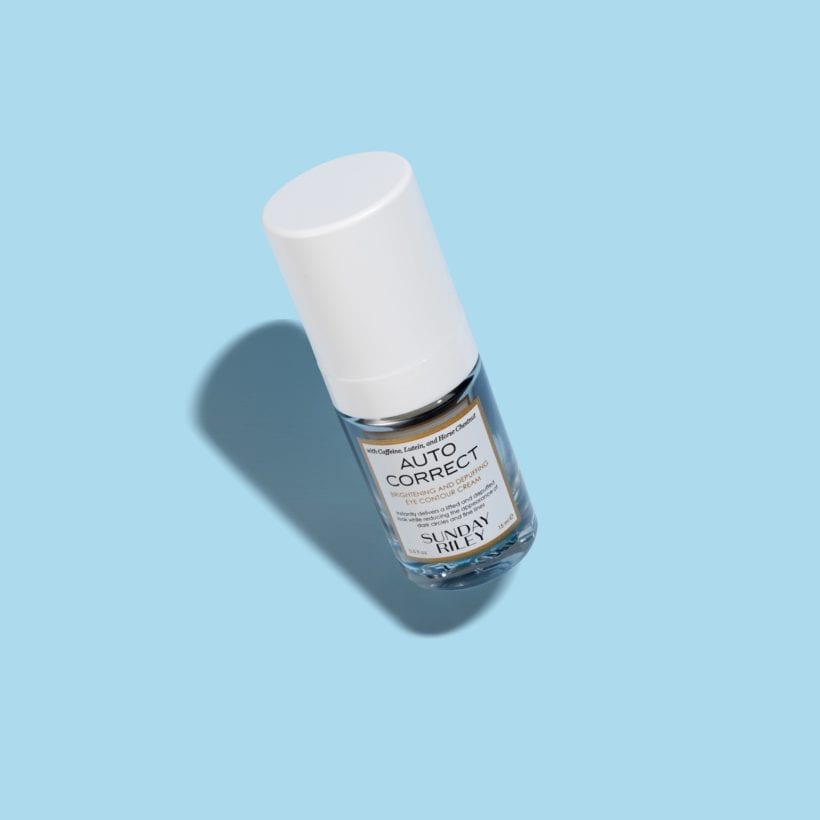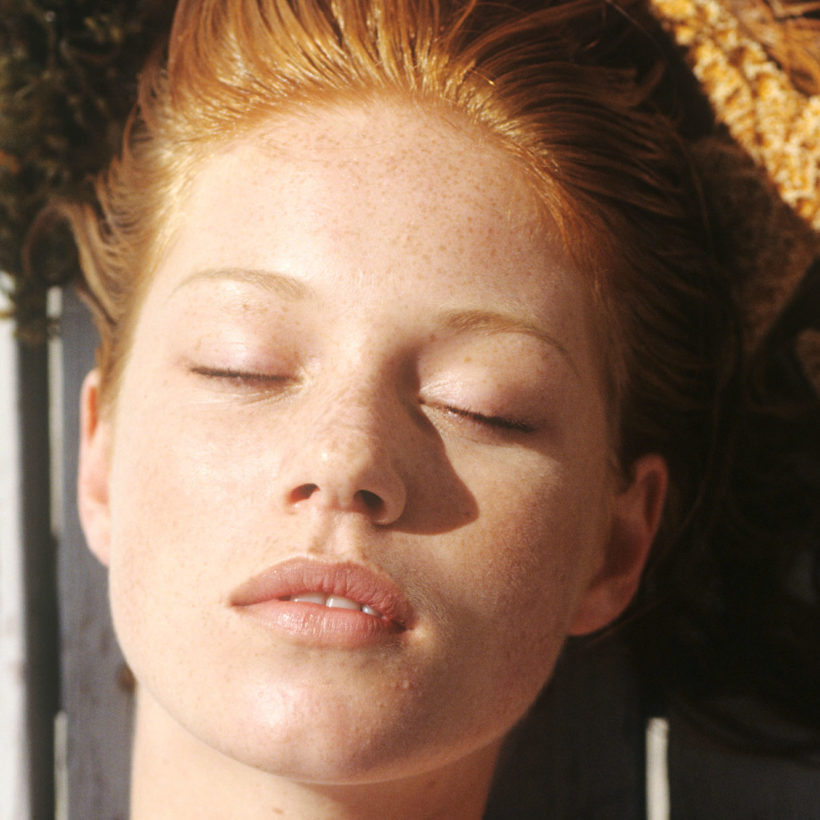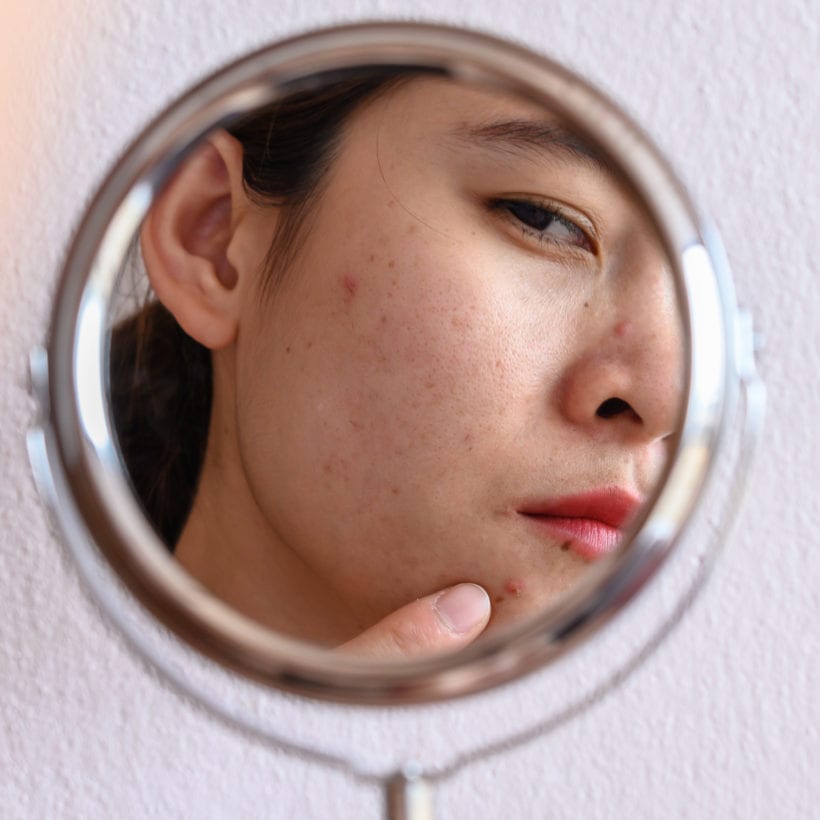If only your favorite skincare products came in a bottomless container that never ran out — like some fishes-and-loaves miracle. In reality, we may be better off with our petite pots of creams and serums because newsflash: Skincare goes bad!
All good things, even when it comes to skincare, have an expiration date. So to get the most benefit (and to avoid any adverse reactions to expired skincare), it’s important to stay (semi) vigilant on the use-by dates of your skincare products.
Meet the Experts
Sunday Riley , CEO, founder and product formulator.
Sherry Sanvictores, MSN, NP, is a dermatology nurse practitioner.
Here are some ways to know whether your skincare has expired, how to help your skincare products last as long as possible, and when to throw skincare products away.
Do skincare products really expire?
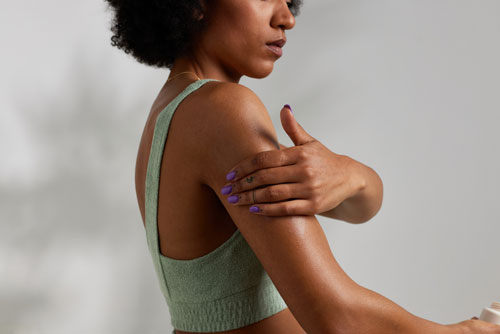
Yes, all your beauty products have an expiration date. Skincare products have a varying shelf life, the amount of time the product can be stored before it starts to lose its effectiveness. Many skincare products will have a PAO (period after opening) symbol stamped somewhere on the container. It looks like an open container top with a number inside. This will tell you how many months or years your product will last after opening it.
Skincare can last two to three years when it’s not opened, but once you’ve broken that seal, there’s a ticking clock on the effectiveness of your skincare product — usually up to a year.
According to healthcare professionals, both over-the-counter and prescription products, including skin treatments such as Retin-A, come with expiration dates that are important to follow. Typically, after around a year, the effectiveness of these products begins to decline, potentially reducing by about 10% from its original potency, suggesting it’s best to discard them after this period.
Here are a few guidelines on how long skincare lasts once it’s been opened.
- Cleansers: 1 year
- Toners: 6 months to one year
- Serums & Moisturizers (face and body): 6 months to one year
- Sunscreens: Up to three years
Choose your products wisely. ‘When you formulate a product, the world is your oyster. You can create anything you want to create. But the way that I like to do it is I like everything to be powered by science and then balanced by botanicals, because that for me is the whole 360 health of the skin’, explains Sunday Riley, CEO and product formulator. In the world of skincare, Sunday Riley’s Luna Night Oil stands out, not just for its striking blue bottle but for the science behind it. This blue isn’t just for looks; it shields the sensitive retinol inside from light, keeping it potent. Sunday Riley opts for retinol ester, a clever twist that makes their formula less susceptible to air and light — a common downfall for many active ingredients. Take the vitamin C debate: THD Ascorbate vs. Ascorbic Acid. The former, used by Sunday Riley, wins for longevity, promising to stay fresh and effective for a whole year.
When it comes to formulated with vitamin C, it’s all about the stability of the ingredient. And how the product is formulated is what is really dependent on whether or not you’re going to get those great vitamin C results, because not all vitamin Cs are created equally. ‘L-ascorbic acid is the most researched form of vitamin C, but unfortunately when you get it into a serum that can oxidize and turn brown. So for that reason I chose to not use that ingredient. I like to use a form of vitamin C that’s a derivative called Tetrahexyldecyl ascorbate. Now it’s kind of a mouthful, so I just call it THD ascorbate. And if you look at C.E.O. 15% vitamin C serum, it’s actually snow white. You don’t see any of that brown discoloration. Once you apply THD ascorbate to the skin, it has an enzymatic reaction with the skin and turns into L-ascorbic acid. So it actually goes into the skin a little bit deeper, a little bit easier. In order to balance C.E.O. 15% vitamin C serum, we also used phytosterols to go in and soothe the appearance of skin sensitivity and calm the appearance of the overall look at the skin,’ explains Sunday.
How to know if your skincare product has expired
So you didn’t pay attention when you opened your moisturizer? “Changes in color, texture, or fragrance are telltale signs your skincare product may have passed its prime.” She adds, “If your once-clear or white product now sports a yellow hue or appears discolored, or if its smooth and creamy texture has turned clumpy or separated, it’s time to bid adieu — it’s expired,” says Sunday Riley.
“When it comes to sunscreen, vigilance is key,” emphasizes Sunday Riley. “Expired sunscreen can turn watery, rendering it ineffective against harmful UV rays.” She warns, “Don’t take the risk. Discard expired sunscreen immediately and replace it promptly. Your skin’s health is worth safeguarding, and there’s no room for compromise when it comes to sun protection.”
Here’s a tip to help you keep track of your PAO dates: Take a marker and write the opening date onto the container or if you’re super-organized, make a document on your phone or computer that lists all your skincare products and the date you opened them.
Sure, it’s a little Monica from Friends, but you and your skincare deserve it.
It’s disappointing to throw away a partially used container of your favorite skincare product, but it’s also important to avoid the risk of a breakout or an allergic reaction. Use this as an opportunity to apply your skincare products liberally and consistently every day. Additionally, we’re excited to announce a partnership with PACT. Now, you can bring your expired skincare products to any Sephora store and dispose of them in a PACT bin. While you’re there, feel free to explore and shop for new Sunday Riley products.
What about old, unopened skincare products?
If it’s unopened, you can use it a year beyond its expiration date. There’s also an issue over whether the vehicle ingredients that support the active ingredients in penetrating the skin have gone bad. Don’t risk it because it could irritate and cause contact dermatitis. If you’ve been using an expired skincare product and have any adverse reactions like redness, rash, or other allergic reactions, throw the product away and call your dermatologist.
What’s the best way to extend the life of your skincare?
It’s all in how you store your skincare and how you use your products.
Keep your products in a cool, dry place.
Light, heat, and humidity will degrade your skincare products more quickly. So keep them away from your steamy showers and any sunny windows. For an extra burst of refreshment and de-puffing during the summer months, consider storing your Sunday Riley essentials in the fridge. Products like Auto Correct Brightening and Deputing Eye Contour Cream, C.E.O. Afterglow Brightening Vitamin C Gel Cream, and Pink Drink Firming Resurfacing Essence are perfect candidates for chilling, as the cool temperature enhances their soothing properties. Imagine the sensation of applying a chilled Auto Correct under your eyes, instantly reducing puffiness and revitalizing tired skin. Or indulge in the cooling sensation of Afterglow as it melts into your skin, leaving behind a radiant glow. And let’s not forget Pink Drink, the ultimate hydrating treat, now with an added touch of chill.
Use a spatula for products in jars.
Sticking fingers into jars adds microorganisms like mold and yeast into your product, i.e., contaminating your skincare. This could lead to skin irritation or infection when you put the contaminated skincare on your face. For example, our C.E.O. Afterglow Brightening Vitamin C Gel Cream comes with a handy spatula to avoid the likelihood of bacterial contamination of your product.
Make sure to clean your spatula after use, too, and if you need to use your fingers, wash your hands beforehand.
Close caps and lids tightly.
After using your skincare product, make sure you’ve sealed it shut to keep out moisture and bacteria.
When in doubt, throw it out.
While it’s a bummer to toss a half-full container of your favorite skincare product, it’s also not worth a breakout or an allergic reaction. Think of this as a reason to apply your skincare daily and be as liberal with your products as you want!
Have you been putting your empty cream jars and oil bottle, and other beauty packaging into your regular recycling bin? You might be surprised to know that most of these items are not accepted by standard curbside recycling services. We’ve partnered with Pact Collective to launch our Beauty (Re)Purposed program, allowing you to bring your used beauty containers to any Sephora and Ulta stores for recycling or to ship it to us. This initiative helps us make beauty packaging more sustainable and environmentally friendly. Join us in taking a significant step toward a greener planet.
So how does it work?
- Clean out your empties. After you squeeze out every last drop, be sure to clean out any leftover product or residue.
- Visit any Sephora or Ulta stores and discard your unbagged empties in the Pact bin (hint: it’s usually near checkout).
- Feel good! Be sure to stock up on new beauty or repurchase old favorites while helping to create less waste.
Check out the Pact website for more details on exactly what you can drop off, what happens with your empties after drop-off, and more!
We only recommend products we have independently researched, tested, and loved. If you purchase a product found through our links, Sunday Edit may earn an affiliate commission.
